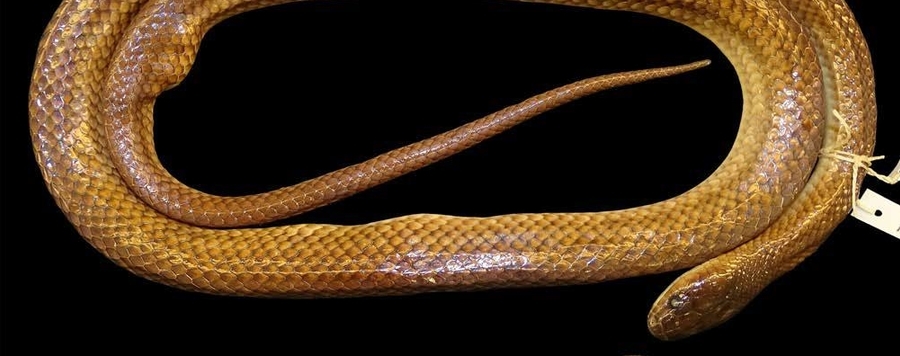
A new species of Stegonotus (Serpentes: Colubridae) from the remnant coastal forests of southern Timor-Leste
During the first amphibian and reptile survey of Timor-Leste, we discovered a population of groundsnakes, genus Stegonotus, in the last remnant of lowland coastal forest along the country’s southern coast, which represents a new species. This sexually dimorphic species can be differentiated from all other Wallacean Stegonotus by a combination of 17-17-15 dorsals, ventrals (female 206; males 197–207), paired subcaudals (female 61; males 71–75), the “gull wing +” condition of the rostral, large squared prefrontals that each are 2.5 times the area of the internasals and two-thirds the size of the frontal, a snout-scale ratio of near 0.4 and a frontal-parietal suture ratio of ≤ 1.0, a labial scale formula of 73+4 | 94, five gulars separating the posterior genial and the anteriormost ventral, and an overall brown body coloration that lightens progressively from the vertebral scale row in a dorsal–lateral direction and features color gradients of dark brown posterior edges to lighter brown anterior edges on individual scales. The species is most similar in overall morphology to S. modestus from the central Moluccas and to S. lividus, a species known only from tiny Semau Island that lies off the western end of Timor Island, in close proximity to Kupang, the capital of the Indonesian province of East Nusa Tenggara.






